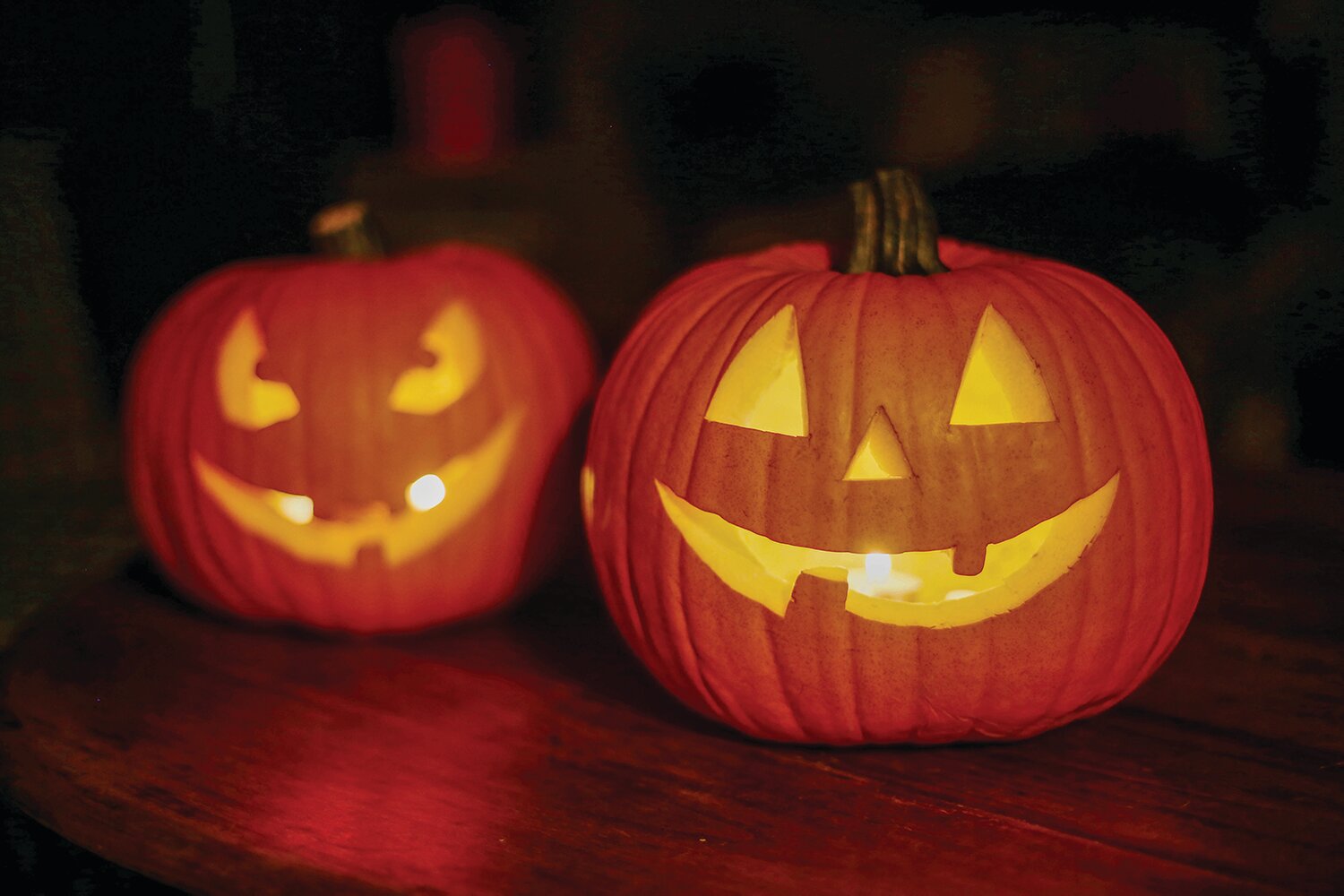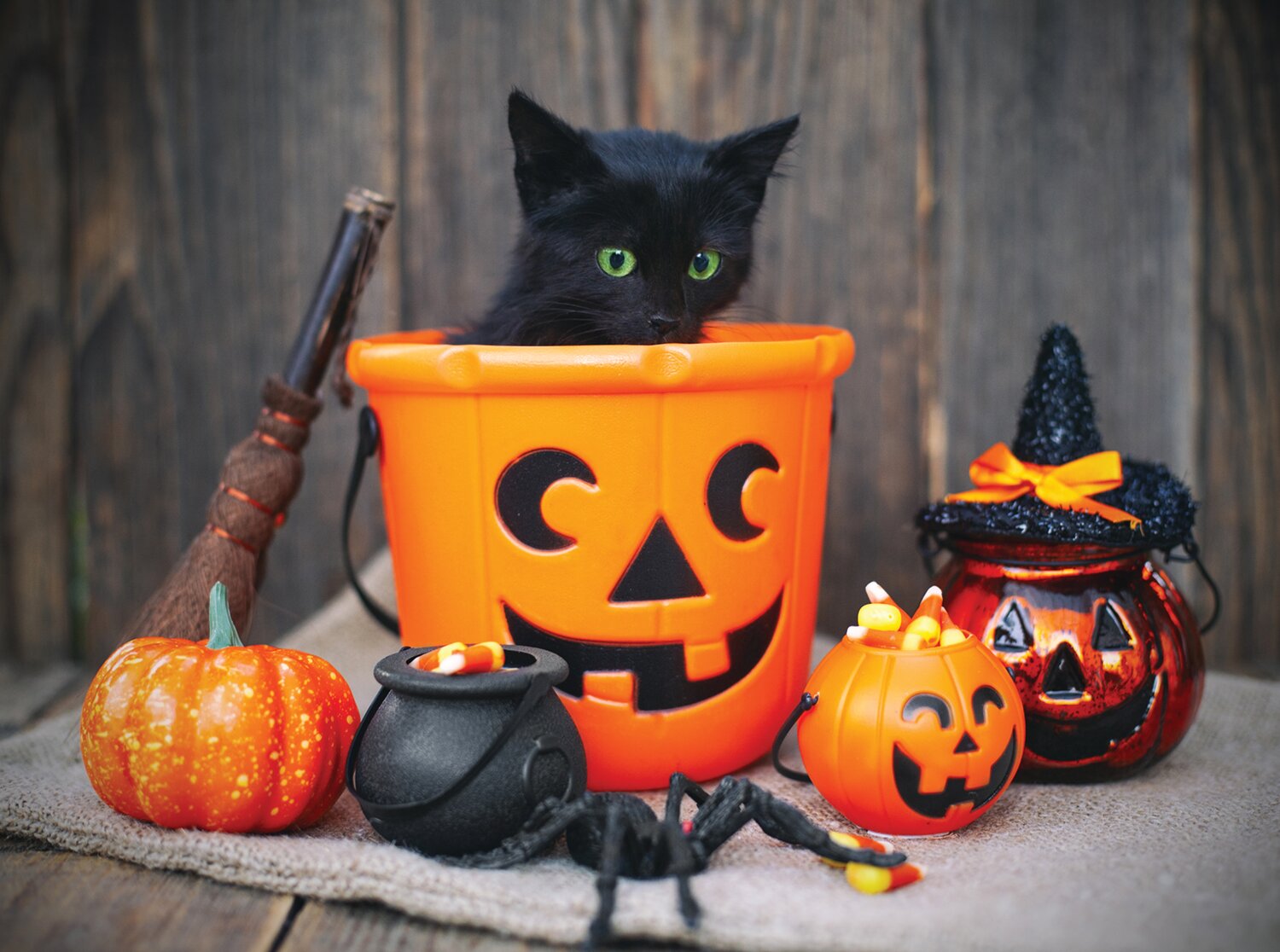Were Halloween traditions always spooky?
Every year during Halloween, neighborhoods around the North Shore are lined with jack-o-lanterns and festive Halloween decorations on the lawns of creative homeowners. Youth crowd the streets celebrating Halloween dressed up as ghosts, vampires or monsters while going door-to-door to ask for savory candies.
The beloved Halloween traditions originated with the ancient Celtic festival of Samhain, when people would light bonfires and wear costumes to ward off ghosts. The Celts, who lived 2,000 years ago mostly in the area that is now Ireland, the United Kingdom and northern France, celebrated their new year on Nov. 1.
This day marked the end of the summer harvest, the beginning of the darkness associated with winter, a time of year that was often associated with human death. On the night of Oct. 31 they celebrated Samhain, when it was believed that the ghosts of the dead returned to earth. The Celts believed that on the night before the New Year, the boundary between the worlds of the living and the dead became blurred. The early pagan holiday of Samhain involved many ritualistic ceremonies to connect to spirits, as the Celts were polytheistic. While there isn’t a lot of detail known about these celebrations, many believe the Celts celebrated in costume.
Pope Gregory IV added All Saints’ Day to the universal Christian calendar, officially extending the celebration from Rome to churches everywhere. With the Christian celebration of All Saints’ Day on Nov. 1 came All Hallows’ Eve, or Halloween, on Oct. 31, as well as All Souls’ Day on Nov. 2, a three-day holiday collectively called Hallowtide.
During the Middle Ages the Christian Roman holiday of All Saints’ Day spread to other Christianized areas. In Celtic regions that formerly celebrated Sahmain, the local Christian Halloween traditions that arose included jack-o-lanterns, bonfires, and costumes.
By the end of the 1800s, more communities were partaking in a more secular set of rituals. People started holding parties that included harmless Halloween games, fall seasonal treats and fun costumes over witchcraft and mischievous troublemaking.
Now, Halloween celebrations have spread to businesses holding larger events and neighbors welcoming one another into homes to celebrate the spooky season in style.
Those living on the North Shore can look forward to events like: The Glen Cove Mansion’s Halloween breakfast with villains on Oct. 29, from 11 a.m. to 1 p.m, and Oyster Bay’s Raynham Hall Halloween Ghost Walk and Dance Party on Oct. 28 at 5:30 p.m. Youth can also look forward to Glen Cove schools trick or treat street on Oct. 30 from 6 to 8 p.m.
Those roaming eerie streets can look forward to decorations on Sea Cliff’s Main Street and Prospect Road. The Macnow family will be hosting their 3rd Halloween Roast on Oct. 31 at 7 to 9 p.m. with Halloween themes snacks, glow sticks on 13 Hitching Post Lane, Glen Cove.
Other spooky sights include Glen Cove’s Halloween parade on Oct. 28 at 1:30 p.m. The community will also have a chance to participate in the downtown’s first murder mystery role-play game. John Robinson, the game’s curator, says the event promises intrigue, suspense and a journey through the town’s business district. Participants will be told a tale of archeological discovery and shadowy secrets while solving the murder of renowned archeologist James Dalton. As investigators, participants will embark on a quest to unravel the mystery, following a trail of clues scattered across Glen Cove.











